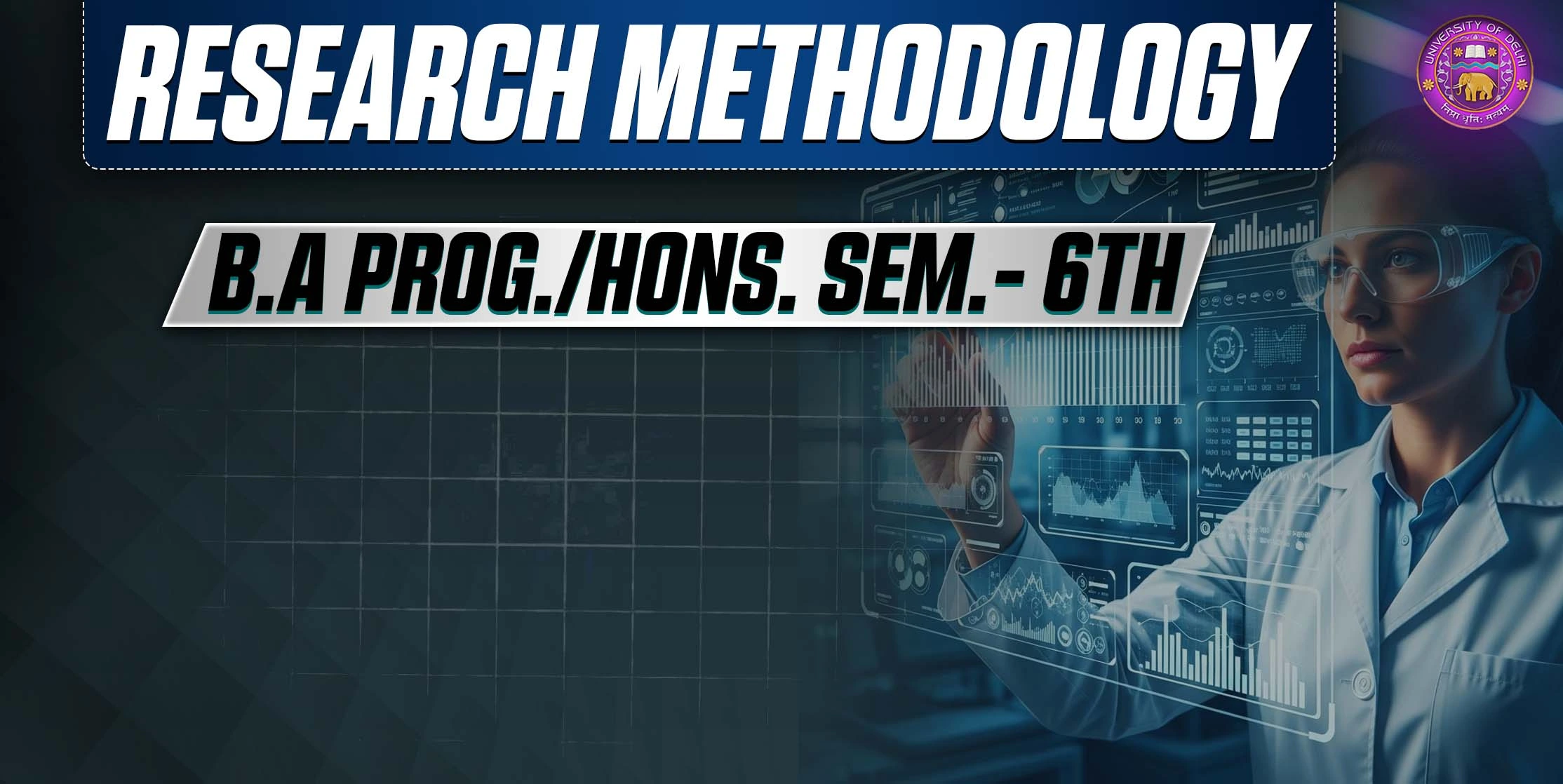
Get in Touch
We will get back to you within 24 hours.
Welcome to MVS Blog

Answer - Introduction
I. A. Richards’ Cambridge experiment, detailed in his book Practical Criticism: A Study of Literary Judgement (1929), reshaped the approach to literary analysis by focusing on the text itself rather than external factors like the author’s intentions or historical context. Richards highlighted the importance of understanding how meaning is created within literary texts. His experiment identified ten reading difficulties, which affect a reader's interpretation of poetry, offering a more focused and practical approach to literary criticism.
About The Author
I. A. Richards (1893–1979) was an English teacher, poet, literary critic, and expert in language studies. He helped lay the foundation for the New Criticism movement, which focused on closely reading literary texts. His important works include The Meaning of Meaning (1923), Principles of Literary Criticism (1924), Practical Criticism (1929), and The Philosophy of Rhetoric (1936). He believed literature should be studied with fields like philosophy and psychology.
Significance of I. A. Richards’ Cambridge Experiment in the Development of Practical Criticism and Its Role in Reshaping Literary Analysis
I. A. Richards’ Cambridge experiment played a very important role in the development of Practical Criticism. Before Richards, people mainly studied literature by focusing on the writer’s life, historical background, or social conditions. However, Richards
believed that the real meaning and value of a literary work should be found inside the text itself. Readers, he argued, should focus carefully on the words, structure, emotions, and ideas present in the text.
To prove this, Richards conducted an experiment where he gave students anonymous poems, removing all information about the poets. Students were asked to read and respond without any outside help. Through this experiment, Richards found that many students misunderstood poems or let personal feelings influence their reading. This showed the need for careful and focused reading, which led to the development of Practical Criticism.
This method reshaped literary analysis by shifting focus from the author’s background to the text itself. Readers were trained to pay close attention to the language, imagery, tone, and meaning within the text. Practical Criticism made literary study more scientific and disciplined. It taught readers to read literature with more care and understanding. Later, it also helped start new ideas like New Criticism, which focused even more on reading the text closely.
Ten Reading Difficulties Identified by Richards and Their Impact on
Understanding Poetry
1. The first difficulty is “making out the plain sense of poetry : What is meant by "plain sense" is the obvious and direct meaning of the poem. According to Richard, most people struggle to understand not only the basic meaning but also the feelings and tone the poem conveys.
Every poem has two perspectives : 1) the simple meaning, and 2) the deeper, underlying meaning. Richard suggests that readers often fail to grasp both of these aspects. He is pointing out that many readers, including students, may not fully understand either the straightforward or the more complex meanings of the poem.
2. The difficulty of “sensuous apprehension”: This means understanding the rhythm and feeling of words when they are read together in a line. In poetry, words often have a flow or beat, like music. But many times, readers either ignore this rhythm or don’t notice it at all.
3.The problem of imagery, primarily visual images : One big difficulty in reading poetry is understanding imagery, especially visual imagery. Everyone imagines things differently, so the image in a reader’s mind might not match what the poet meant. For example, I.A. Richards’ students misunderstood a poem about a nightingale and imagined a pigeon instead. This shows how wrong interpretation can lead to wrong mental images.
4. mnemonic Irrelevances : Sometimes when readers read a poem, they remember their own past experiences, emotions, or memories that have nothing to do with the poem. This is called “mnemonic irrelevances.” These personal thoughts can distract the reader and change the real meaning of the poem. For example, if a poem shows a scene of emotion, the reader might start connecting it with their own life, even if it’s not related to the poet’s message. Some of these distractions are easy to notice, but some are very subtle and hard to recognize.
5. Stock responses : Stock responses happen when a reader reads a poem and reacts based on their own already-learned emotions or beliefs, instead of truly understanding what the poem is saying. For example, if a reader already has some information or opinion about the topic in the poem, they might judge the poem based on that, instead of paying attention to the poet’s actual message. This leads to a wrong or incomplete understanding of the poem.
6. Sentimentality : Sentimentality means getting too emotional after reading a poem and judging it based on your own strong feelings instead of its real meaning. For example, if a poem talks about love, death, or pain, and the reader becomes overly emotional, they may not understand the poem in a balanced way. Their emotional reaction can change the true meaning of the poem.
7. Inhibition : Inhibition means feeling hesitation or shyness while reacting to a poem. Some readers, after reading a poem, are not able to openly express their emotions or give their true judgment. Earlier, this was called "hardness of heart." Even though inhibition is less talked about, it is also a big problem in understanding poetry properly.
8. Doctrinal Adhesions : Doctrinal Adhesions means sticking strongly to one’s own beliefs while reading a poem. For example, if a poem talks about religion, every reader or critic may already have their own religious beliefs. Because of this, they might judge the poem based on their personal faith instead of understanding what the poet is actually trying to say. This can cause confusion or biased interpretation.
9. Technical presuppositions : Sometimes readers have fixed ideas about how a poem should be written, based on what they’ve read before. These are called technical presuppositions. Because of this, they may ignore new or creative styles in poetry and judge poems unfairly using old rules. This can lead to the mistake of focusing too much on technique instead of the poem’s real meaning or effect.
10. General critical preconceptions : General critical preconceptions are fixed ideas or opinions that readers have because of past experiences or theories they’ve learned. These can block them from fully understanding or enjoying a poem just like a strict diet can stop someone from getting proper nutrition.
Conclusion
I.A. Richards' Cambridge experiment showed that readers often misread poems because of personal biases and habits. His Practical Criticism method taught careful reading of the text itself, helping literary study become more thoughtful, focused, and scientific.
0 Response